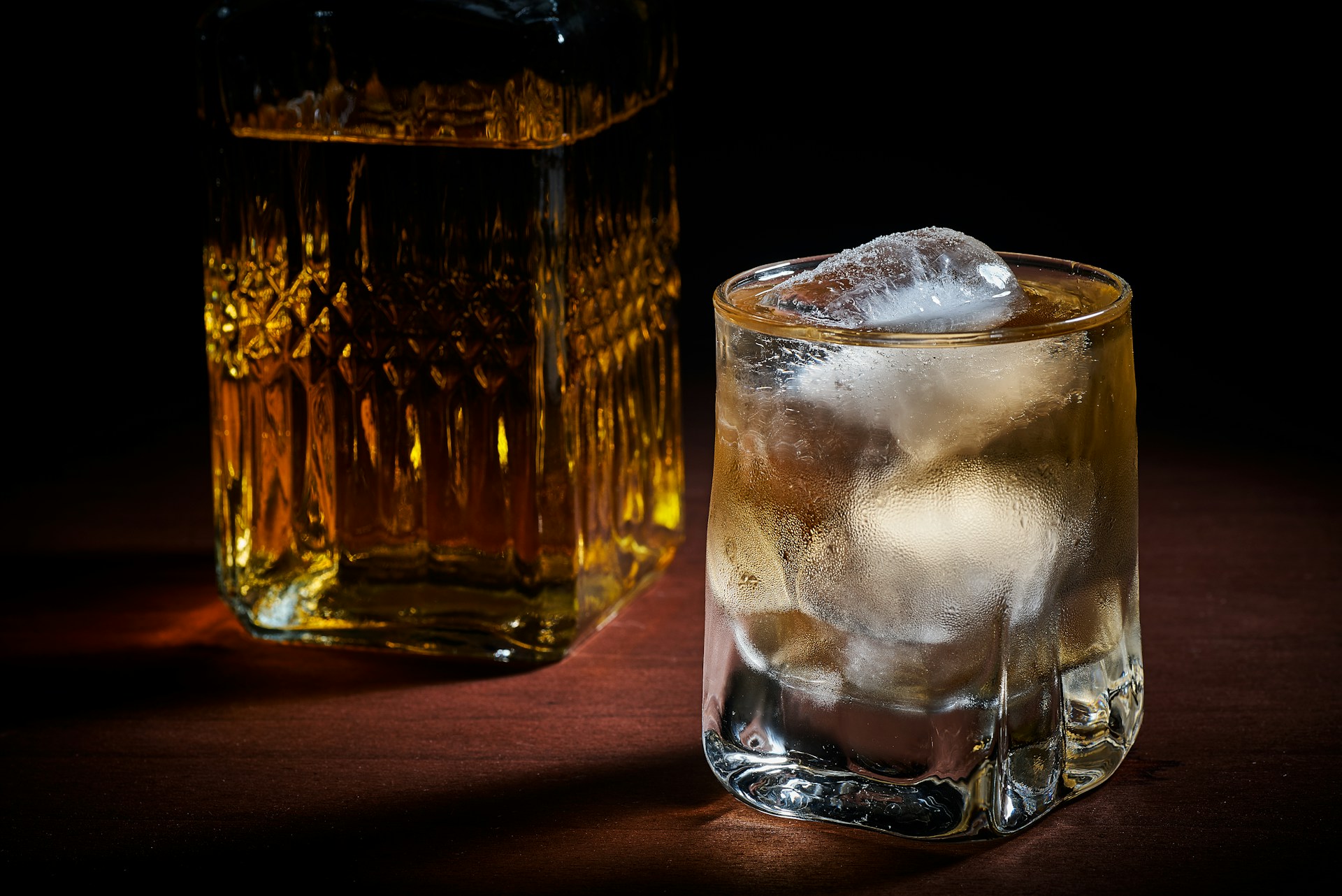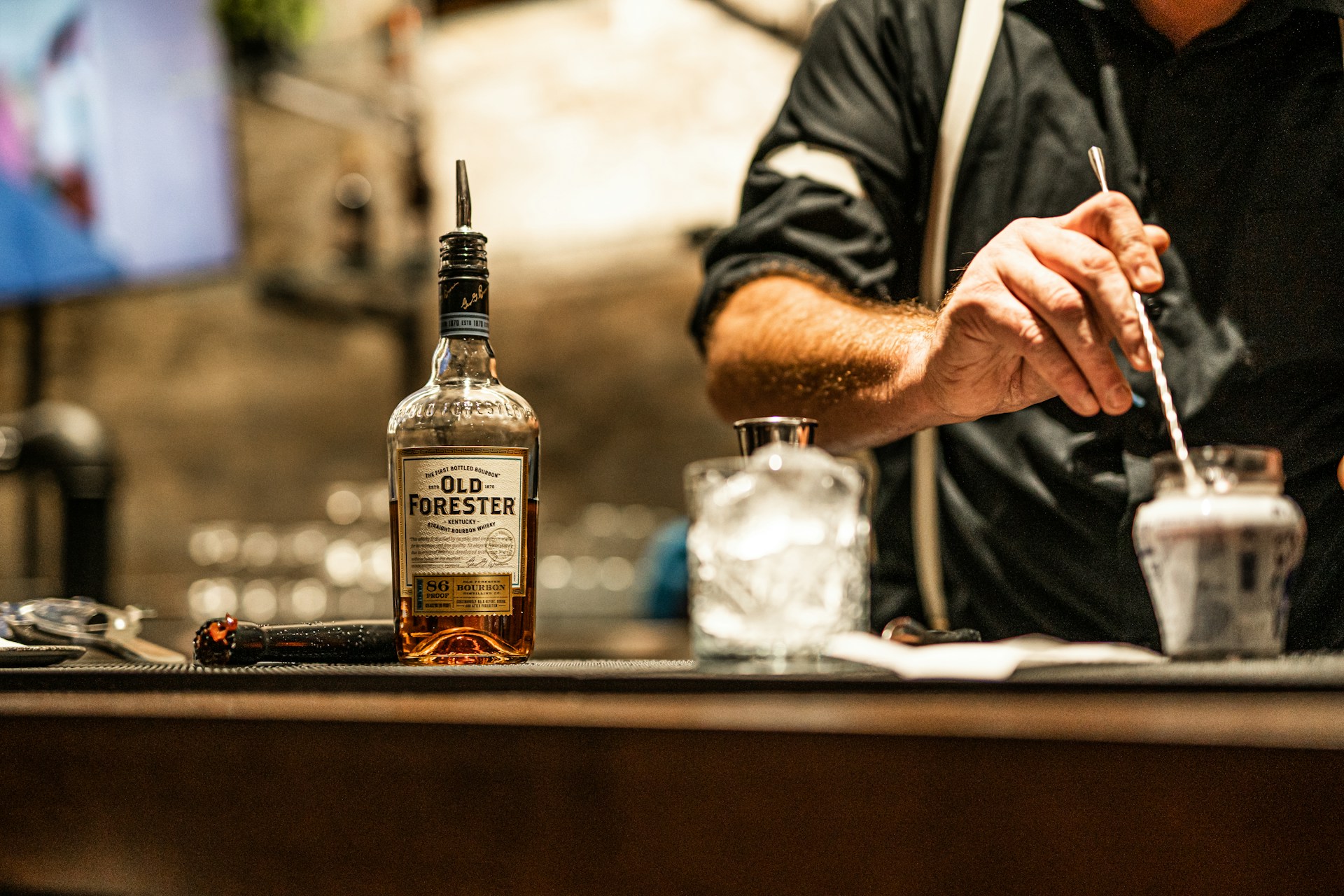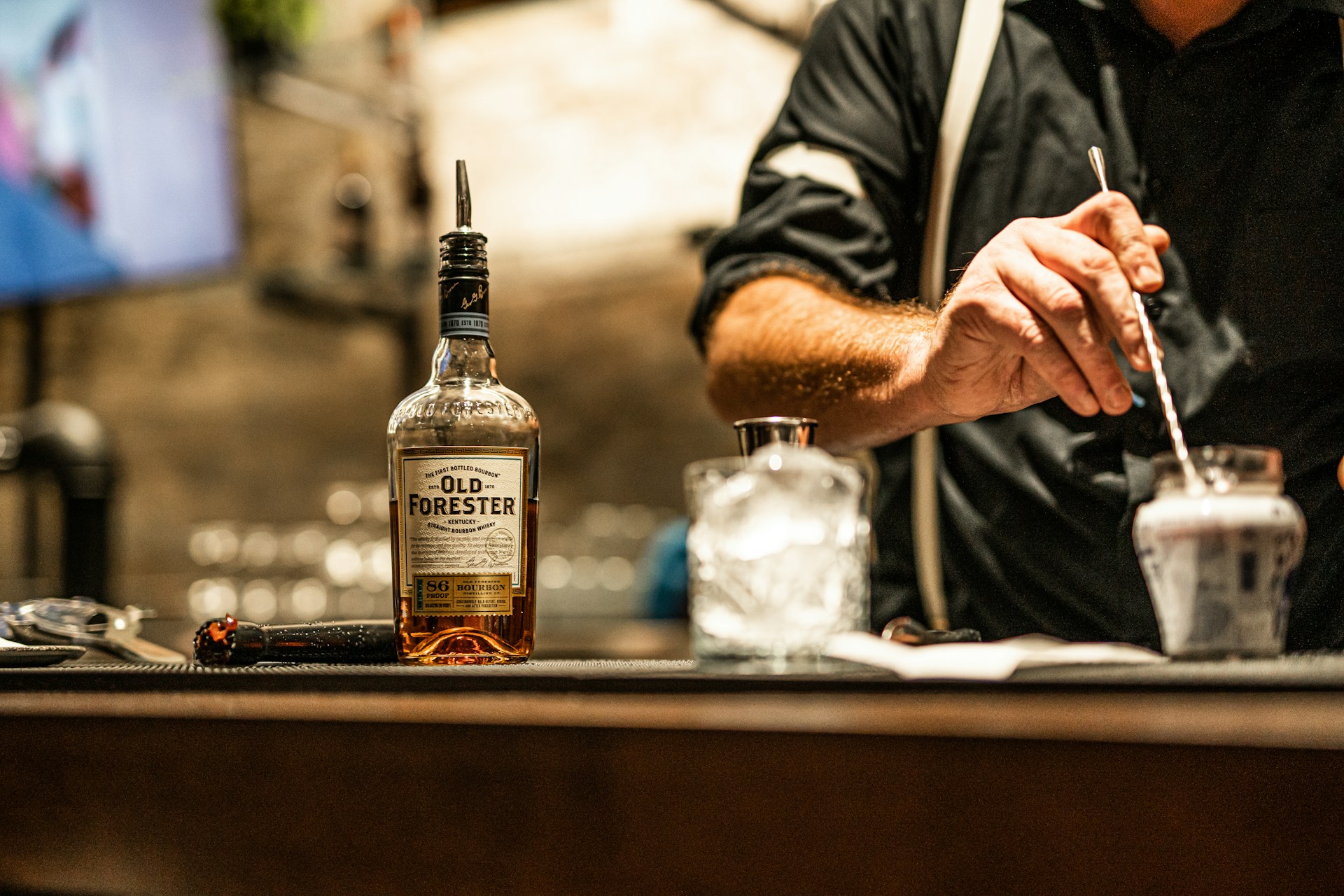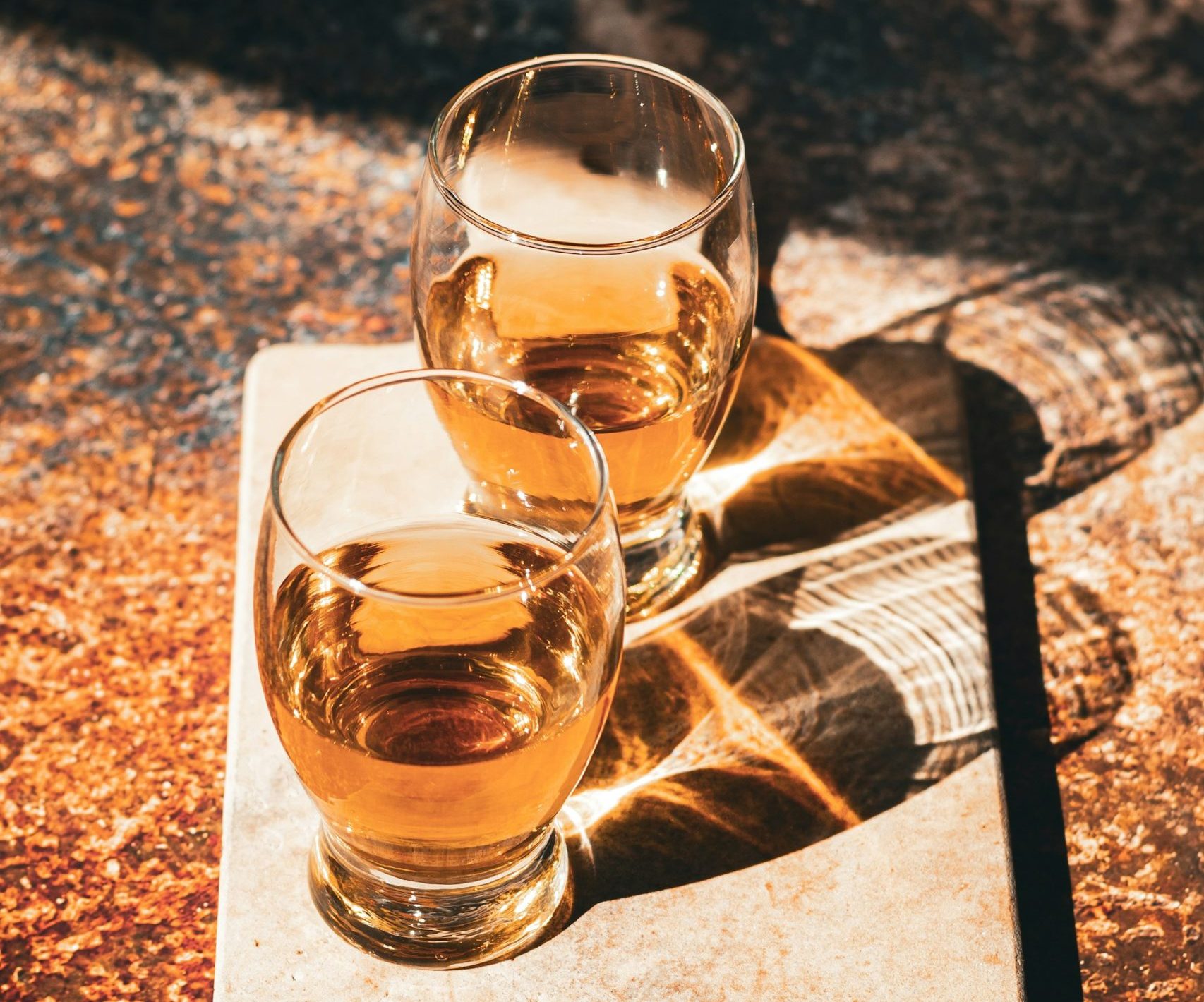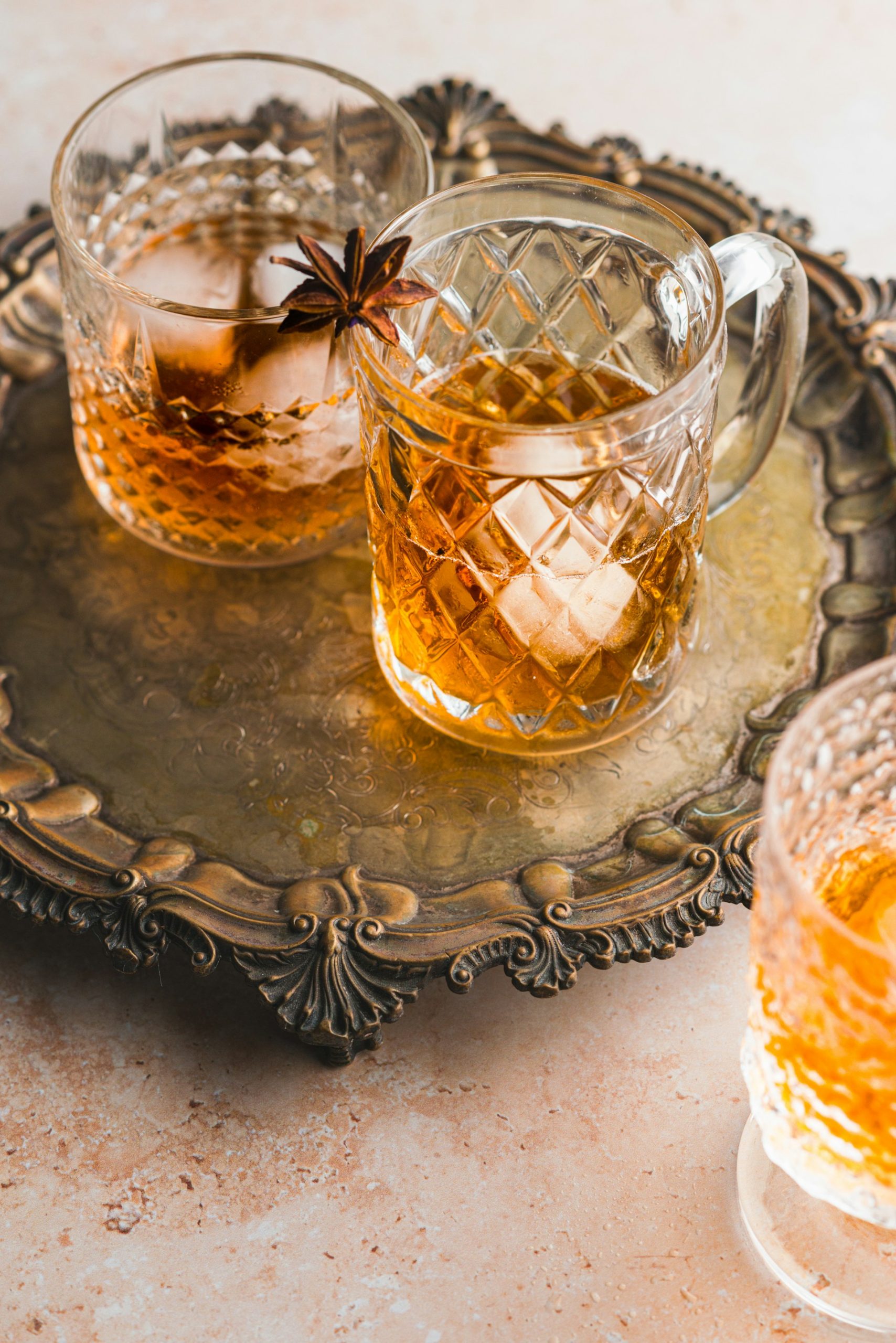How to Drink Single Malt Whisky
Drinking whisky, especially single malt, is an art that begins with savouring it at room temperature to fully appreciate its complexity. Embrace the ritual by dedicating time to experience the layers of flavours, much like you would savour a fine meal.
Remember, the goal isn’t simply to drink, but to engage with the whisky, allowing its story to unfold with each sip. Take it slow and let the spirit’s character reveal itself leisurely, just as it was crafted.
What Is Single Malt Whisky?
Single malt whisky is a spirit made by a single distillery using a fermented mash of 100% malted barley, water and yeast. Single malts (as they’re known) must be distilled using traditional pot stills and be aged for at least three years in oak casks.
Single malt whisky is most commonly associated with Scotch, however it can actually be made in any country. Japan, India, Taiwan and South Africa and New Zealand all produce their own single malt whiskies.
Brief History of Single Malt Whisky
Single malt whisky traces back to Scotland, where 12th century monks were the first to distill “aqua vitae” (water of life) for medicinal purposes. It’s a craft refined over centuries, with each distillery’s methods contributing to the tapestry of whisky’s history.
Early concoctions likely bore little resemblance to today’s refined single malt whiskies, which must meet strict regulations as set by native legislation.
Characteristics of Single Malt Whisky
The characteristics of single malt whisky can be influenced by factors such as the type of barley used, the malting process, distillation techniques, the maturation environment, and the cask (or casks) in which it is aged.
I know that’s a lot to consider, so I’ve briefly listed how this affects the colour, aroma and taste of your single` malt whisky below.
- Colour: Influenced by the type of cask used for maturation. Darker colours often come from more heavily charred or sherry casks, while lighter hues may result from second fill or bourbon casks.
- Aroma: Determined by the malting process and the cask. Peated malt imparts smoky notes, while different cask finishing methods may add scents like vanilla, fruit, or spice.
- Taste: Shaped by the distillation process and aging environment. The use of copper stills can contribute to a smoother flavour, while coastal distilleries might lend a salty tang.
- Body: Linked to the barley type and distillation technique. ‘Heavier’ malts often yield a fuller body, especially if they’ve been double distilled. Meanwhile ‘lighter’ malts produce a more delicate mouthfeel which is common for triple distilled whiskies.
- Finish: Affected by the cask and aging duration. Longer aging typically leads to a richer, more complex finish, with lingering flavours. Double or triple cask finishing can also impart further complexity and colour.
As you can tell, the characteristics of single malt whisky can vary vastly. The number of factors involved is arguably limitless, from the grain being used right through to maturation.
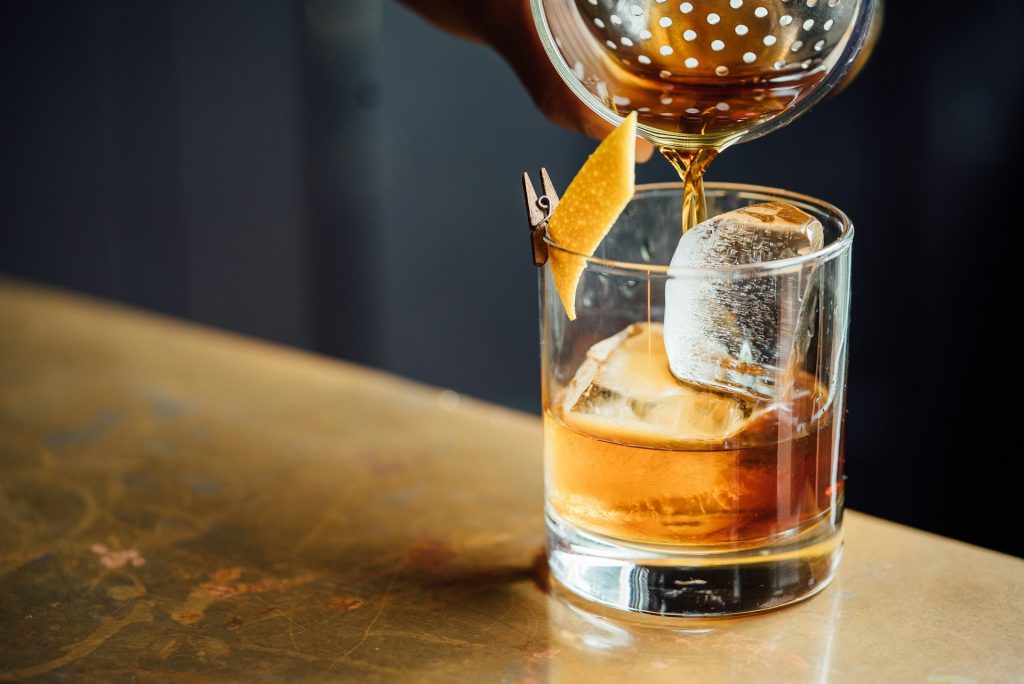
Preparing to Drink Single Malt Whisky
Proper preparation of single malt whisky sets the stage for a memorable experience, emphasising the importance of every detail, from the ambiance to the glass in your hand.
Choosing the Right Glassware
The weight of a whisky glass can significantly affect your drinking experience by impacting how the glass feels in your hand. A heavier glass such as a tumbler or rocks glass can lend a sense of solidity and quality, making the act of drinking more deliberate and enjoyable. You might prefer a heavy vessel for strongly peated whiskies.
Meanwhile, a lightweight glass such as a thin Copita or elegant Glencairn may be better suited for more delicate, older single malts which can match a more intricate sipping drinking experience.
The shape of a whisky glass is equally crucial for enhancing your whisky enjoyment. A tulip shape, for instance, narrows towards the top, which helps in concentrating the whisky’s aroma. This design allows you to fully appreciate the intricate bouquet of scents before taking a sip. Additionally, the wider bowl at the base encourages the whisky to oxidize properly, unlocking deeper and more nuanced flavours as you sip and savour.
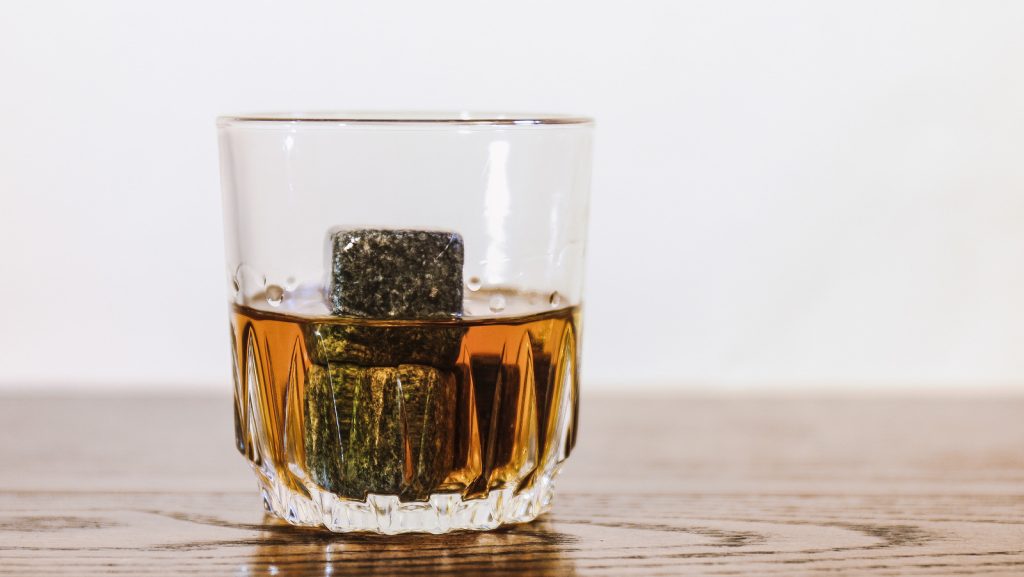
Temperature Considerations
When savouring single malt whisky, temperature plays a subtle but significant role. Ideally, you should enjoy your whisky neat at room temperature, which allows the natural flavours and aromas to unfold without being dulled. If room temperature for you is on the warmer side, say above 70°F (21°C), you might want to consider a splash of cool, spring water to release the flavours without making it too cold.
Some folks swear by whisky with ice, but be mindful that while ice can provide a refreshing chill, it can also mute the complexity of the whisky as it dilutes. The temperature shift can close up some flavours, so if you choose to add ice, do so sparingly, perhaps with a single large cube that melts slowly, or consider whisky stones that chill without dilution.
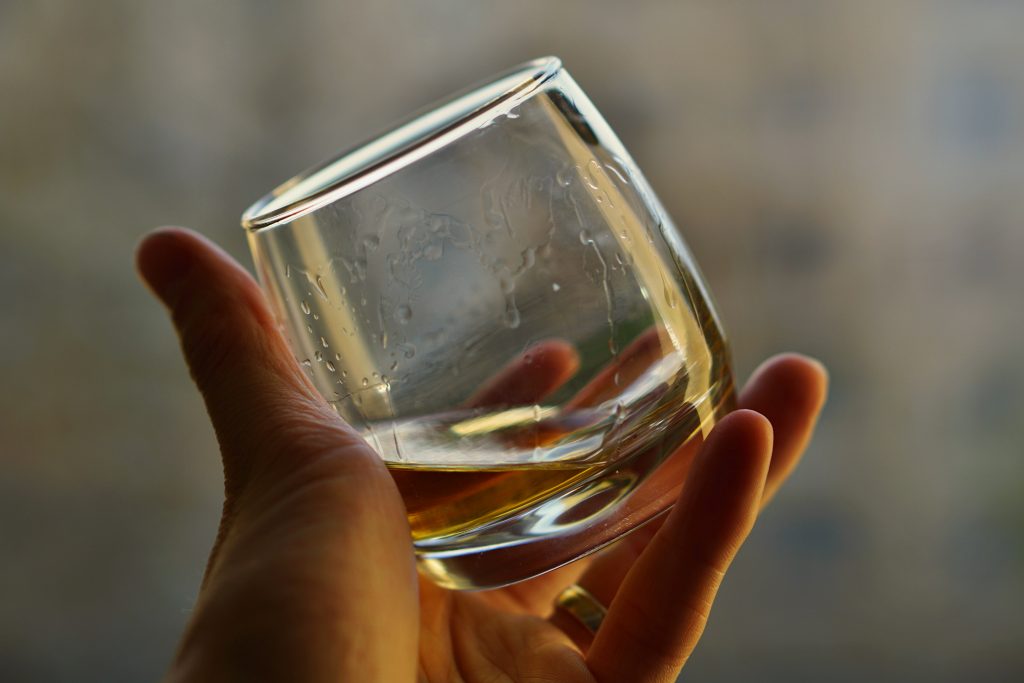
The Art of Tasting Single Malt Whisky
Mastering the art of tasting single malt whisky is about engaging all your senses to appreciate the spirit’s depth and complexity.
Visual Examination
Before you even take a sip, your eyes can tell you much about the single malt whisky in your tulip glass. Hold it up to the light and observe the colour, which can range from light gold to deep amber, offering clues about the cask ageing process. The hue can indicate the type of cask used and the length of maturation, with darker colours often suggesting a longer ageing period or the influence of sherry or wine casks.
Next, gently swirl your glass and watch the peripheral whisky slide back down. The ‘legs’ or ‘fingers’ that run down the sides can hint at the whisky’s texture and mouthfeel; slow-moving, thick legs may indicate a richer, more oily dram.
If you’ve added cold water or ice to your whisky, has it become cloudy? If so, this is completely normal for non-chill filtered whiskies such as Ardbeg. Cold temperatures can make certain single malts flocculate, where a milkyness may occur in your glass.
The Swirl: To Do or Not to Do?
While you might be tempted to swirl your scotch, as you would with wine, consider that doing so can increase the alcohol vapour, overpowering the delicate aromas you’re trying to detect. A gentle swirl can release some aromatics, but do so with caution and let the whisky settle before nosing.
A proper swirl is gentle, just enough to coat the glass slightly and release some of the whisky’s complex fragrances. Allow the spirit a moment to rest after swirling before you indulge in nosing, ensuring you experience the full bouquet of aromas without the alcohol’s sharp sting.
Aromas: How to Nose the Whisky Properly
The scent of single malt whisky is as important as its taste. Approach nosing with a slight tilt of the glass and take in the aromas gradually. Let the subtler scents come to you rather than inhaling deeply and directly, which can be overwhelming due to the high alcohol content. Identify the layers—from the initial malty sweetness to the notes of fruit, spice, or peat.
Alternate between short sniffs and longer, more contemplative inhales. This method allows your senses to adjust and discern the various notes, including the influence of the oak cask, which can impart vanilla, caramel, or toasted wood undertones. Nosing is an art that heightens your anticipation of the first sip.
Palate: Sipping Techniques to Enhance Flavour
When you finally drink whisky, take a small sip and let it coat your palate. This is the moment when the flavours unfold. ‘Chew’ the whisky slightly, allowing it to interact with all areas of your mouth. This technique, sometimes called “the whisky chew,” helps to discern the complex flavours ranging from sweet malt to smoky peat.
Pay attention to the texture as well—whether it’s silky, creamy, or has a certain viscosity. Each sip should be savoured, giving time between tastes to reflect on the evolving profile. Notice how the flavours from the oak cask resonate, often leaving hints of spice, fruit, or nuttiness on the palate.
Finish: Experiencing the Lingering Flavors
The finish, or aftertaste, is where the single malt makes its lasting impression. After swallowing, take note of the flavours that linger on your palate. Is it a warm, prolonged farewell with notes of oak and spice, or a shorter, crisper ending with hints of citrus or floral tones? The finish can be as complex and telling as the whisky itself.
Enjoying Your Whisky Neat
For many, enjoying whisky neat (without water dilution) is the purest way to appreciate the spirit. A tulip glass is ideal as its shape concentrates the aromas towards your nose, enhancing the nosing experience. Savour each sip, noting how the temperature and the undiluted character of the whisky reveal the craft of its creation.
Mixing It Up – Whisky Cocktails and Highballs
While single malts are often enjoyed neat or with a splash of water, they also make for sophisticated and flavorful cocktails. The depth of single malt whisky adds a unique character to mixed drinks, creating a delightful experience for the whisky enthusiast and the cocktail aficionado.
Classic Single Malt Cocktails
Rob Roy
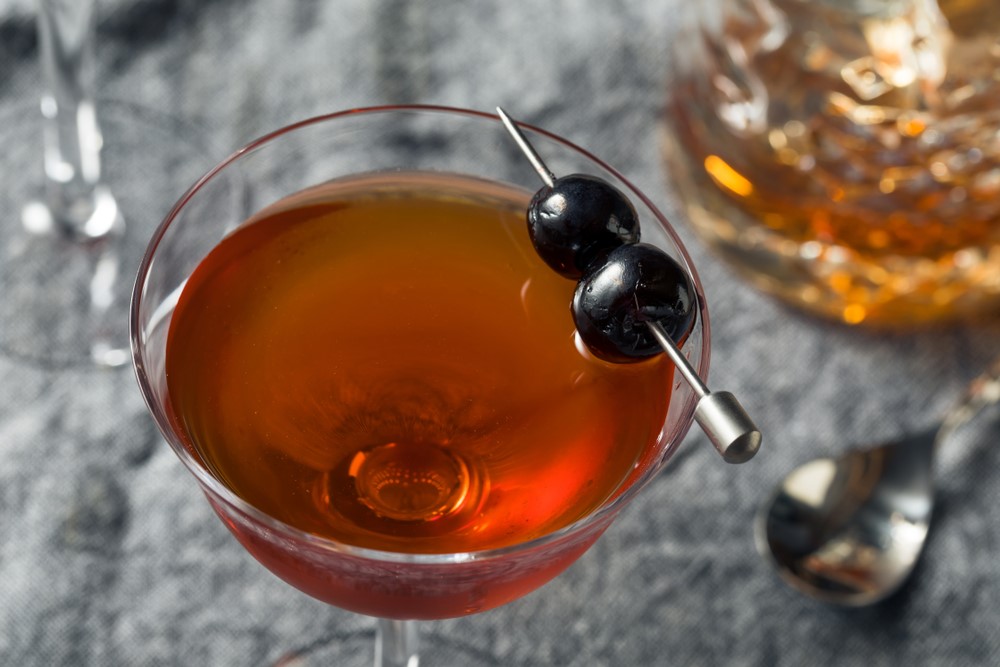
One of the most iconic single malt cocktails is the Rob Roy, reminiscent of a Manhattan but with Scotch’s distinctive smokey note.
Ingredients:
- 50 ml Scotch whisky
- 25 ml sweet vermouth
- 2 dashes Angostura bitters
- Maraschino cherry (for garnish)
Method:
To make a Rob Roy cocktail, start by filling a mixing glass with ice and then add your Scotch whisky, 25 ml of sweet vermouth, and 2 dashes of Angostura bitters. Stir the mixture well until it is thoroughly chilled. Strain the mix into a chilled cocktail glass and garnish with a maraschino cherry. Serve.
Rusty Nail
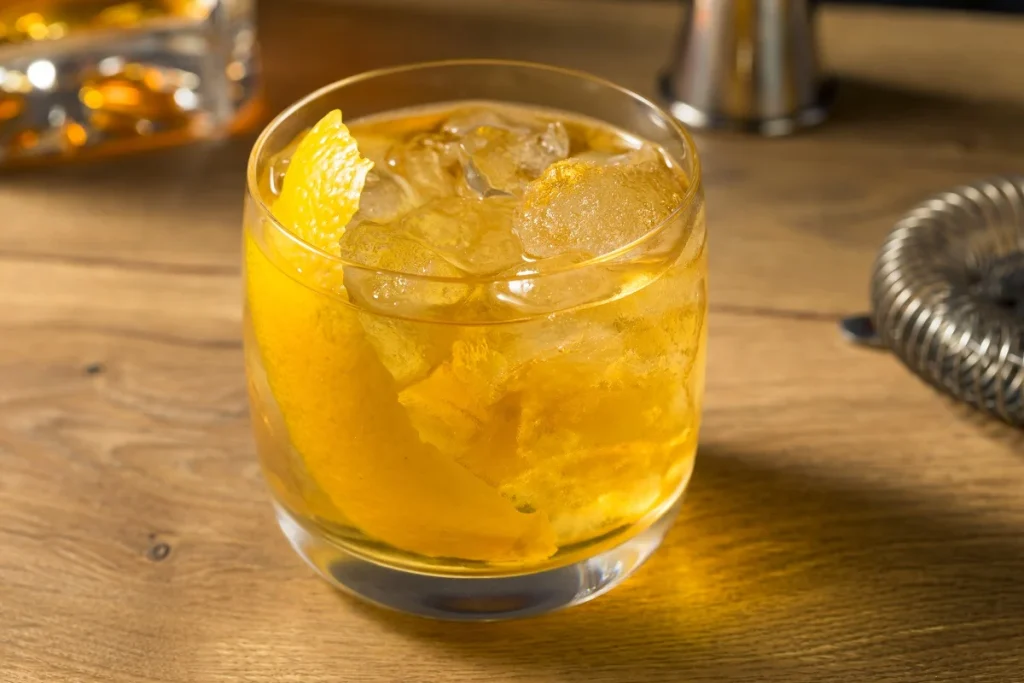
Another classic is the Rusty Nail, which marries the rich flavours of Scotch with the honeyed sweetness of Drambuie. Here’s how to make one.
Ingredients:
- 45 ml Scotch whisky
- 25 ml Drambuie
- Ice cubes
- Lemon twist (for garnish)
Method:
Fill a mixing glass with ice cubes, then add the Scotch whisky and Drambuie. Stir gently until well mixed and chilled. Strain the mixture into an old-fashioned glass filled with ice. Garnish with a lemon twist and serve.
Whisky Sour
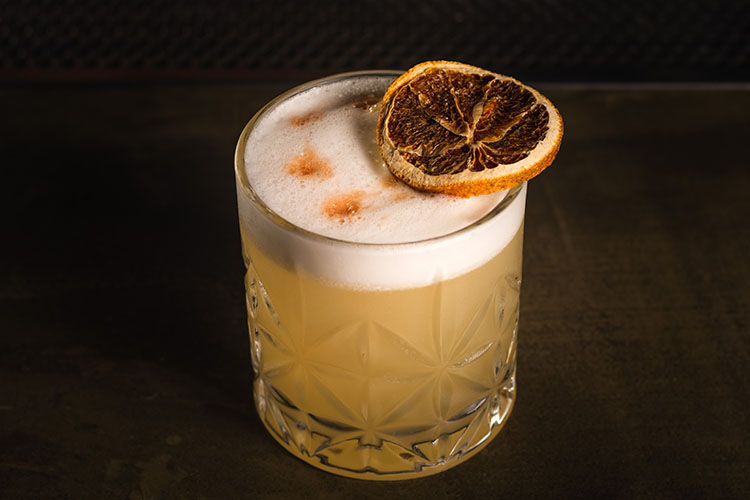
For a refreshing twist, try the Whisky Sour.
Ingredients:
- 60 ml whisky
- 22.5 ml freshly squeezed lemon juice
- 15 ml simple syrup
- Ice cubes
- Optional: a dash of Angostura bitters
- Garnish: lemon twist or cherry
Method:
In a cocktail shaker, combine whisky, lemon juice, simple syrup, and a dash of Angostura bitters (if using). Fill the shaker with ice and shake vigorously for about 15 seconds until well chilled. Strain the mixture into an ice-filled rocks glass and garnish with a lemon twist or a cherry.
Crafting the Perfect Highball
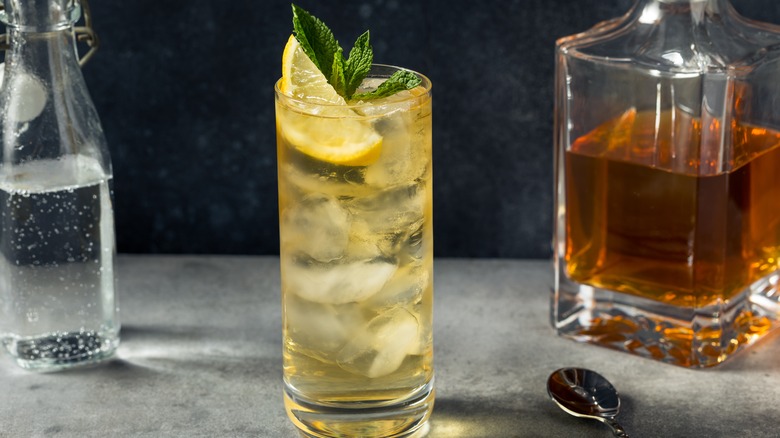
The highball is a simple yet elegant way to enjoy single malt whisky with a bubbly twist.
Ingredients:
- 50 ml whiskey
- 150 ml soda water
- Ice cubes
- Lemon or orange twist or slice (optional, for garnish)
Method:
Fill a highball glass with ice cubes, pour in the whiskey, top up with soda water, and gently stir. Garnish with a lemon twist or slice if desired.
Pairing Single Malt Whisky with Food
The key to pairing single malt whisky with food is to consider the whisky’s profile. A peaty Islay might shine next to a hearty plate of haggis, where its smoky flavour plays well with the savoury dish. Alternatively, a lighter Speyside pairs delightfully with smoked salmon, the malt’s sweetness complementing the fish’s richness. Think about flavour bridges – a whisky with hints of vanilla can be exquisite with a creamy dessert like crème brûlée.
For a bolder pairing, try chocolate. The complexity of dark chocolate can enhance the depth of your whisky, especially those with notes of fruit or spice. Cheese is another superb companion; a strong blue cheese with a robust Highland malt creates a memorable taste encounter, where the flavours challenge and elevate each other.
How to Pair Single Malt Whisky with Different Cuisines
Single malt whisky isn’t confined to Scottish fare; it can be a globetrotter on your dining table. With Asian cuisine, consider the spice levels. A whisky with a spicy kick can stand up to the heat of a Thai curry, while the malt’s sweetness can balance the spice. For Japanese dishes, such as sushi, a clean and crisp whisky with floral notes can complement the delicacy of the fish without overpowering it.
When it comes to Indian cuisine, the intense flavours call for a whisky that has a bold character. A sherried malt often has the richness to match the complexity of Indian spices. For a truly adventurous pairing, try your whisky with Mexican mole – the mole’s blend of cocoa and spices can dance beautifully with a peaty or sherry-cask-aged whisky.
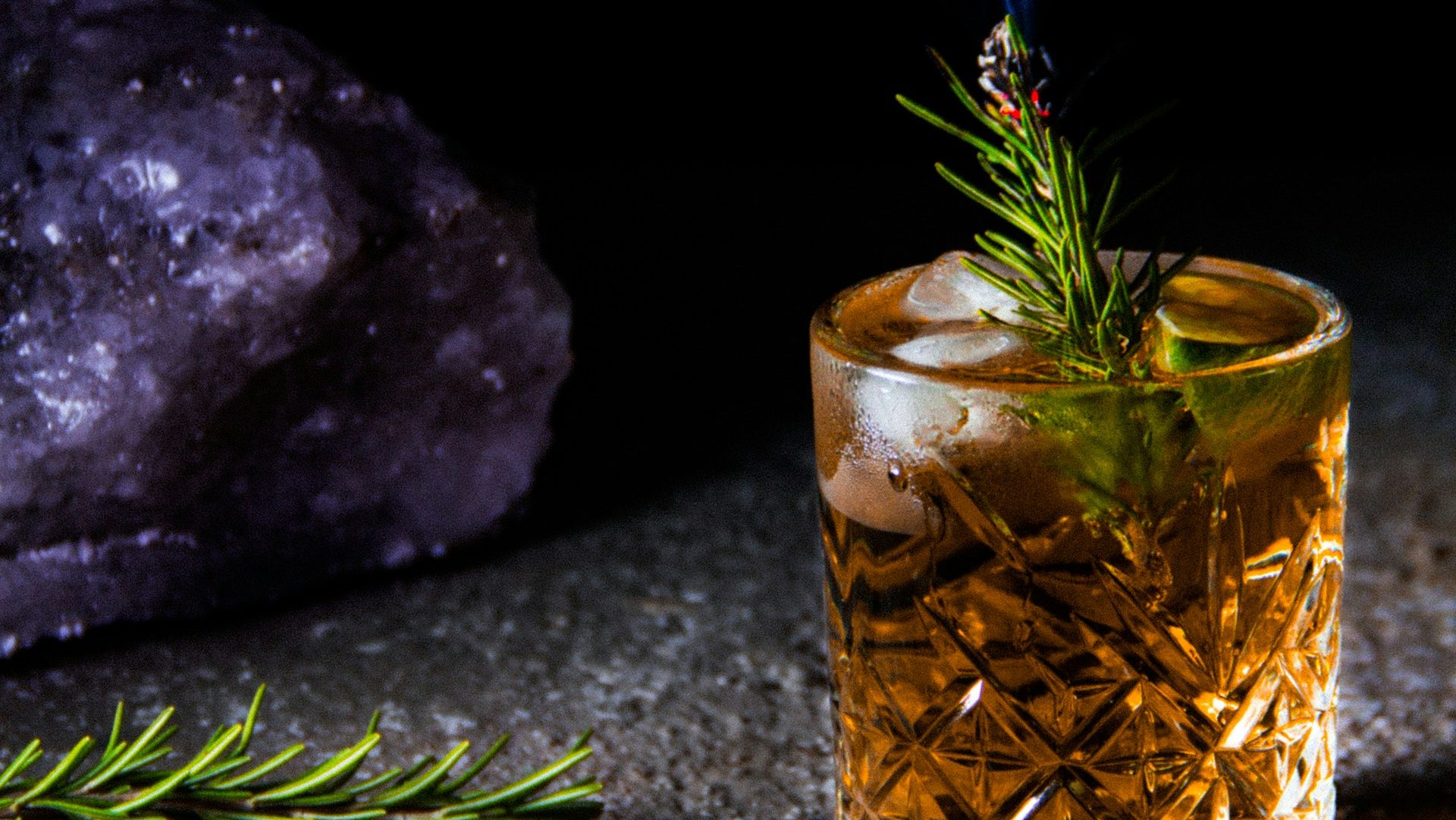
Common Mistakes to Avoid when Drinking Single Malt Whisky
Enjoying single malt whisky is an art form, and knowing the faux pas can save you from a less-than-perfect dram experience.
Overindulgence
While it’s tempting to revel in the rich flavours of single malt whisky, overindulgence can dull your palate and overshadow the subtleties of the dram. Sipping responsibly allows you to fully appreciate the nuances of each whisky and makes the experience more enjoyable.
Mixing High-Quality Whisky with Mixers
Mixing a high-quality single malt with mixers can be a contentious topic. While personal preference plays a huge role, it’s worth considering the craft that goes into producing a high quality, single malt whisky. To truly appreciate the craftsmanship, try it neat before deciding whether to add mixers.
Conclusion
Wrapping things up, the art of enjoying single malt whisky lies in appreciating the meticulous craftsmanship and unique flavours that each dram offers. By avoiding common pitfalls like hastily mixing with mixers and rushing through the tasting process, you can fully immerse yourself in the intricate and rewarding experience that single malt whisky provides.
Hopefully this blog post improves your drinking and enjoyment of this fantastic spirit.
Thanks for stopping by.


